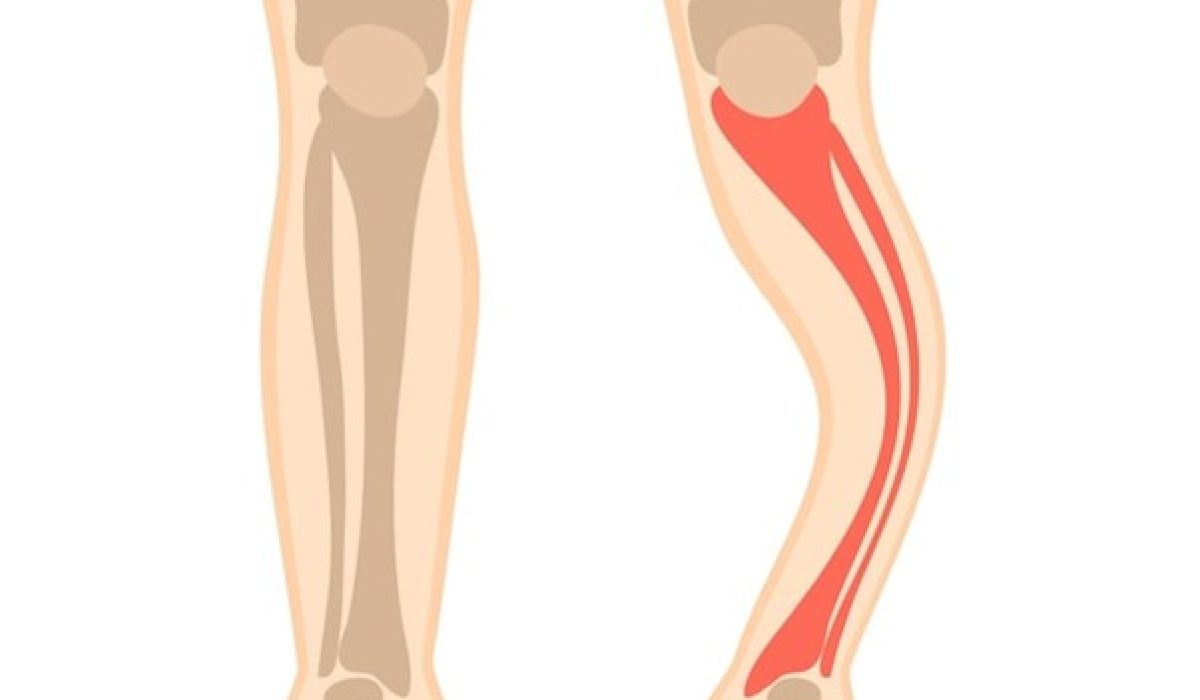Paget’s Disease is a common bone disorder characterized by abnormal bone remodeling, leading to weakened bones and potential complications.
Causes of Paget’s Disease
Paget’s Disease is believed to result from a combination of genetic and environmental factors. While the exact cause remains unclear, several hypotheses suggest a viral infection or genetic predisposition may trigger abnormal bone remodeling.
Environmental factors such as viral infections or exposure to specific viruses early in life may also play a role in its development.
Symptoms of Paget’s Disease
The symptoms of Paget’s Disease can vary widely from person to person, and some individuals may remain asymptomatic.
However, common symptoms include bone pain, joint stiffness, swelling, and deformities. In some cases, Paget’s Disease may lead to fractures, hearing loss, or neurological complications if the abnormal bone growth affects nearby nerves or tissues.
Diagnosis of Paget’s Disease
Diagnosing Paget’s Disease typically involves a combination of medical history review, physical examination, imaging tests, and blood tests. X-rays, bone scans, and MRI scans may be used to assess the extent of bone involvement and detect any complications. Blood tests may also be conducted to measure markers of bone turnover, such as alkaline phosphatase levels.
Treatment Options for Paget’s Disease
Treatment for Paget’s disease aims to manage symptoms and prevent complications. Medications such as bisphosphonates, calcitonin, and pain relievers are commonly prescribed to regulate bone turnover and alleviate discomfort. In severe cases or when complications arise, surgical interventions may be necessary to repair fractures, correct deformities, or relieve pressure on nerves.
It is essential for individuals with Paget’s disease to work closely with their healthcare providers to develop a personalized treatment plan tailored to their specific needs and preferences.
With proper management, most individuals with Paget’s disease can lead active and fulfilling lives, minimizing the impact of the condition on their overall well-being.

